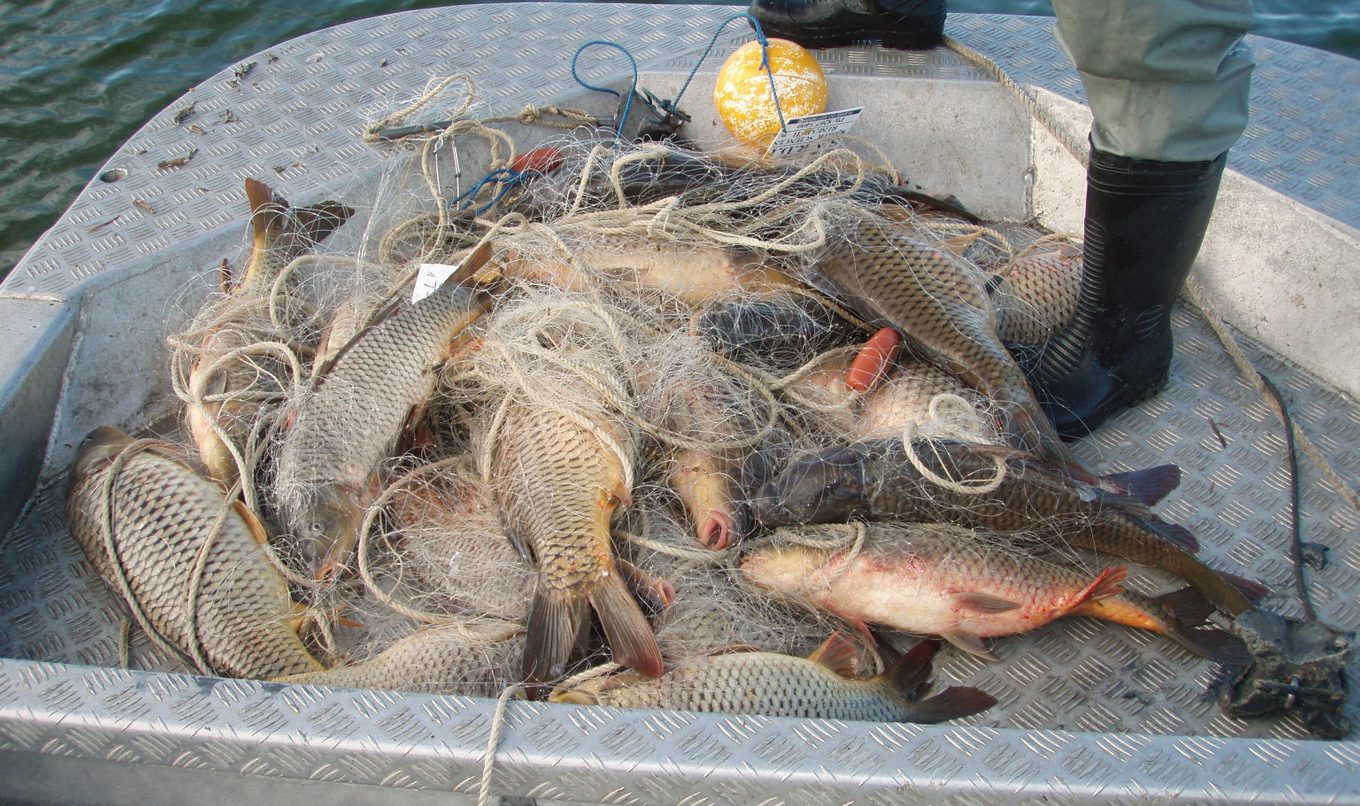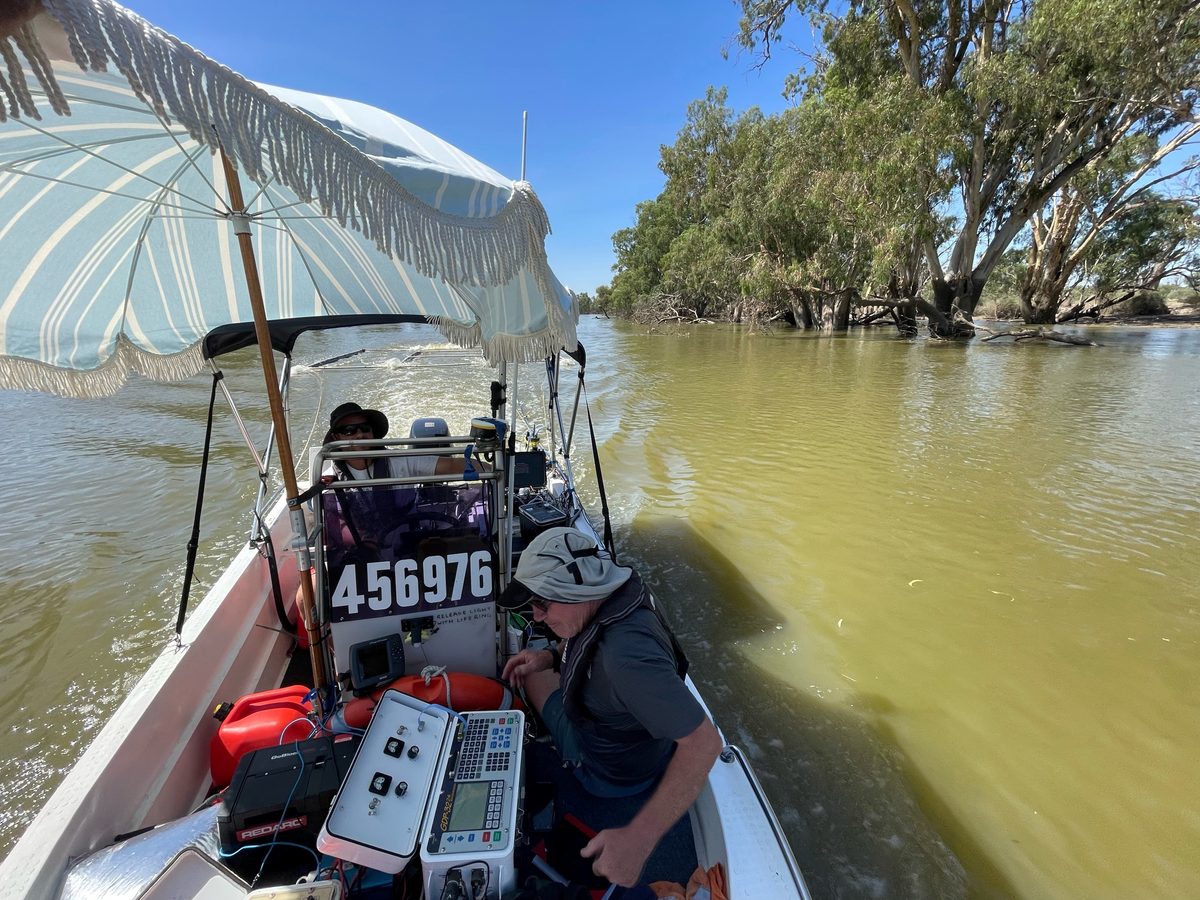Research wrapping up on environmental responses to the recent River Murray flood
A series of research projects are wrapping up and have looked at responses of River Murray ecosystems to the once-in-a-generation River Murray flood of 2022–23. The scope of the projects included the marine environment near the Murray Mouth.

The Department for Environment and Water (DEW) has been working with the Goyder Institute for Water Research and their research partners to capture on-ground data and information to improve our understanding of environmental responses to high flows and how we manage them into the future.
Research undertaken has focused on:
- The risks associated with blackwater events and how we can reduce them
- How and where salt from the floodplains has moved into groundwater during and after flooding
- How common carp have responded to the high flows in terms of movement and breeding
- The impact of freshwater flows from the River Murray on marine habitats and species outside the Murray Mouth
Research to date has shown a range of environmental responses including:
- Dissolved oxygen, which is essential to aquatic life, in the waters of key Riverland floodplains, such as Katarapko and Pike, was found to have remained at levels that support fish and other organisms. This was very important, as dissolved oxygen can drop to harmful levels during flood.
- The levels of salt in groundwater around floodplains have also dropped, and this will hopefully have lasting benefits for native floodplain vegetation, including river red gums.
- Common carp, an invasive fish, appear to have taken advantage of the extensive areas of shallow, warm and productive waters that are ideal for spawning and survival of juvenile life stages. This species, which adversely impacts aquatic habitats, will continue to be monitored and outcomes will inform their management.
- Marine environments that receive freshwater flows that exit the Murray Mouth are continuing to be checked. Following the flood peak, salinity, nutrient and phytoplankton levels were monitored up to 40 km offshore, and bivalves, crustaceans and fish were collected to understand how freshwater flows influenced their diets.
Understanding responses to events such as these high flows is important for improving our water management to ensure the environmental, economic, cultural and social values of our waters are maintained. Once the data collection and analyses have been completed, we look forward to sharing further insights from the research.
Although the flood peak has long since passed, the environment takes time to respond to changing conditions. Additional research is about to get underway in the Coorong to understand changes in water quality and sediment conditions, including nutrient levels, responses in key aquatic plants and macroinvertebrate and fish communities. Macroinvertebrate translocations (moving local macroinvertebrate communities to other sites in the Coorong) for sediment remediation will also be explored. This research is funded through the Healthy Coorong, Healthy Basin Program, which is jointly funded by the Australian and South Australian governments.

Caption: Conducting instream geophysics surveys along Katarapko Creek. Dr Mike Hatch keeping track of data collection and Matt Lloyd (boat skipper) keeping the towed geophysics array away from snags. Credit: Eddie Banks.

